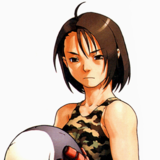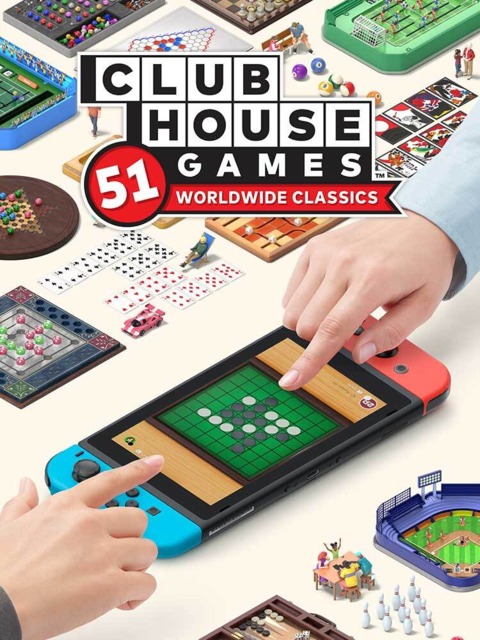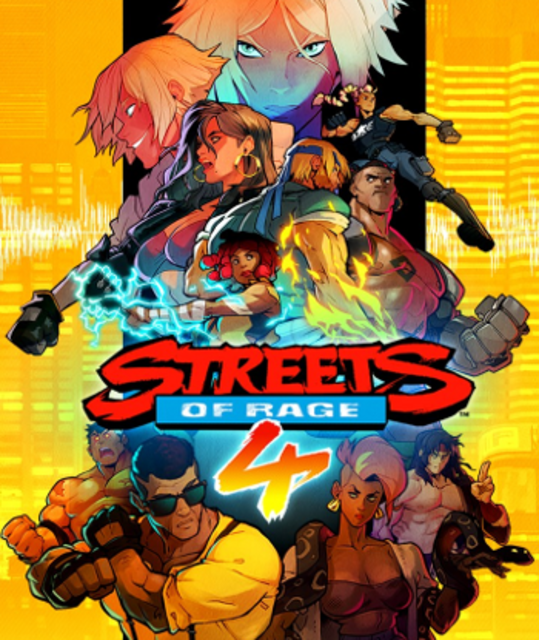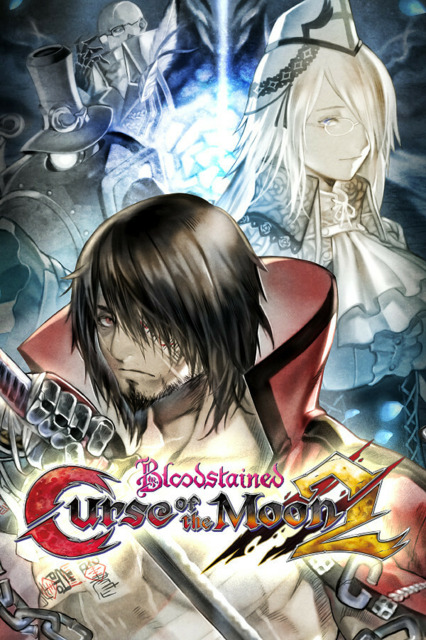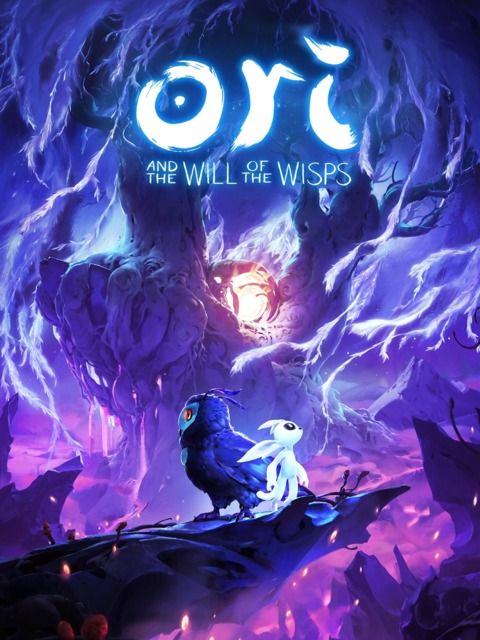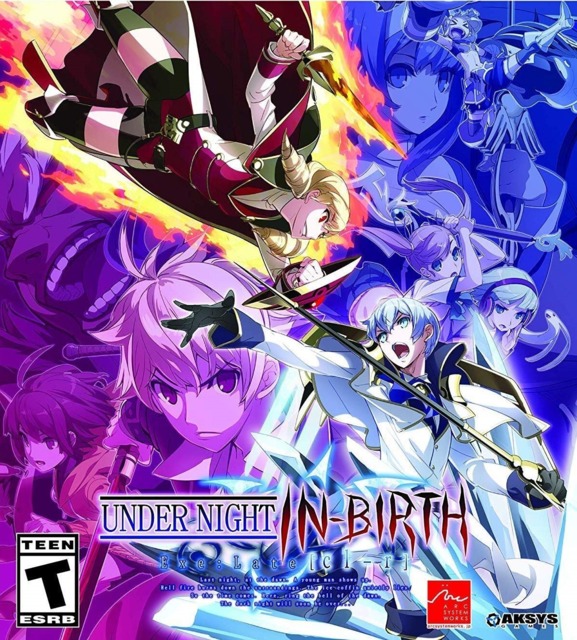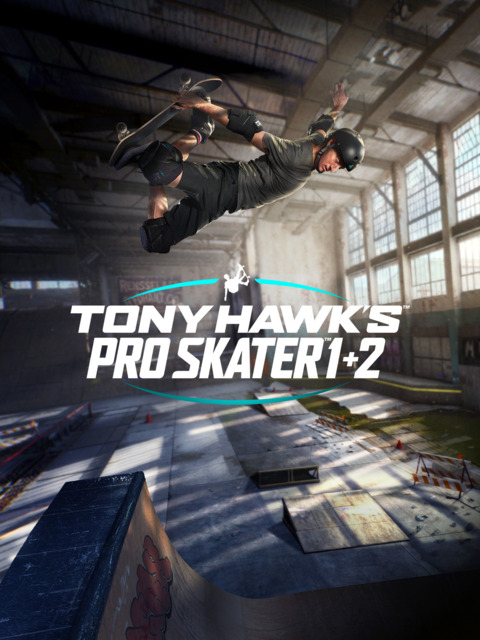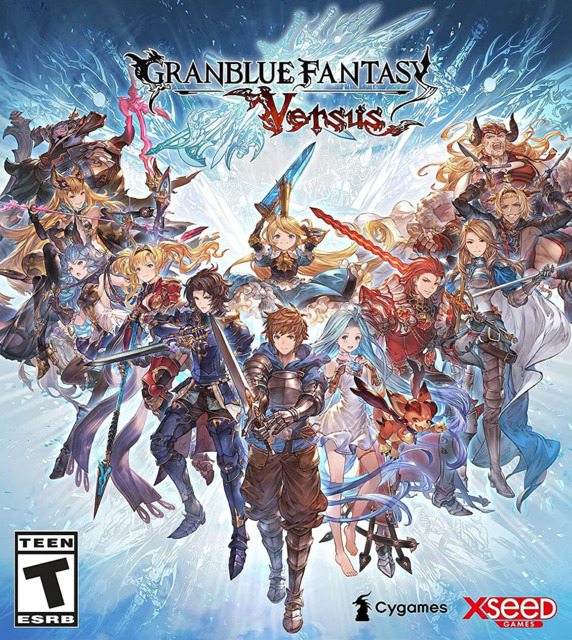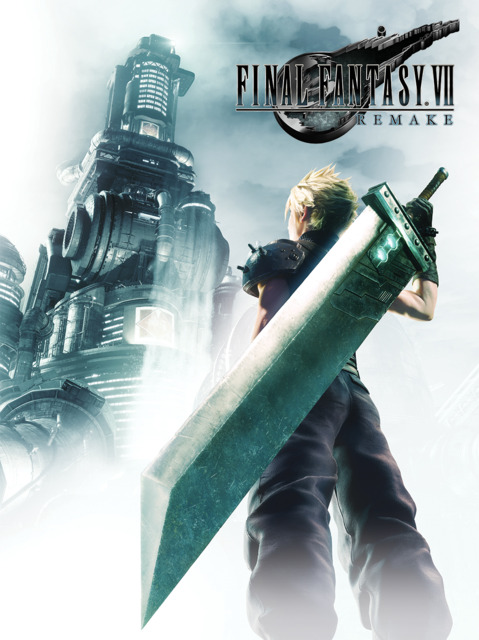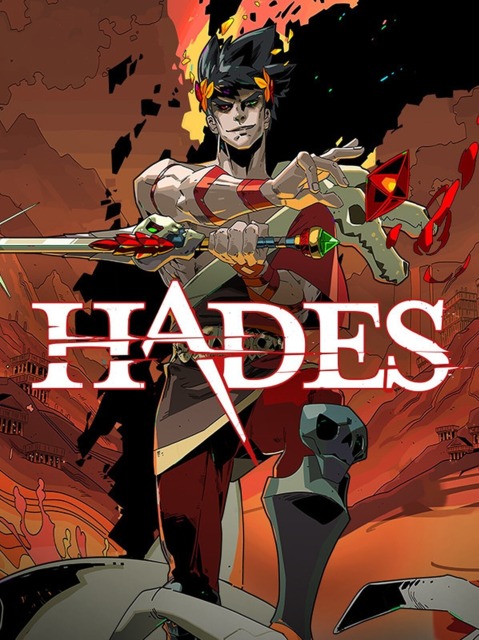GOTY 2020
I used to enjoy the time at the end of the year to personally deliberate what ten games impacted me the most over the year and write the pros, cons, and ultimately what made them get onto my list the past seven years. Unfortunately, this year’s version won’t be quite as in-depth and extravagant as I’m already writing my list far later than usual, 2020 being a long and draining year (to put it lightly), and the transition to working from home was a lot more time consuming and stressful than I ever thought it would be. I’m struggling to even parse time to write this GOTY list in 2021 (with its “fantastic” start) but somehow got it done. Here are my 2020 Games of the Year
2020 Games That Fell Into the Backlog
- 13 Sentinels: Aegis Rim
- Art of Rally
- Footsies (Rollback Edition)
- Kentucky Route Zero
- The Last Campfire
- The Legend of Heroes: Trails of Cold Steel IV
- Persona 5 Royal
- Puyo Puyo Tetris 2
- Resident Evil 3 Remake
- Spiritfarer
- Them Fighting Herds
2020 Games That I Could Not Formulate a Strong Evaluation
- Hotshot Racing
- Monster Train
- Spelunky 2
2020 Games I Played
- Ancient Enemy
- Fall Guys: Ultimate Knockout
- Fuser
- Murder by Numbers
- Picross S4
- Picross S5
- Super Mario Bros. 35
2020 Honorable Mention, Game I’m Starting to Really Like Late
- Star Renegades
